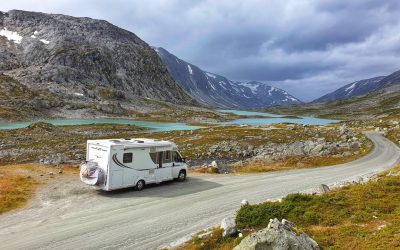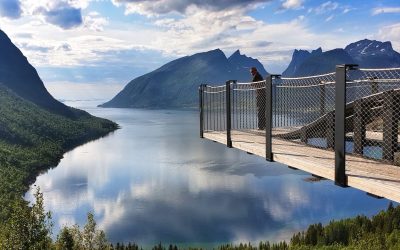Motorhome highlights in Norway After four months touring Scandinavia, here are our Motorhome highlights in Norway. Simon Cowell may well...

Autopass
Autopass
Visiting Norway – All things Travel
Norway - the geological genius that mesmerises you around every corner Visiting Norway in a motorhome is a dream come true for so many. I...
Follow us
You can find us on social media,
different channels for different content.


